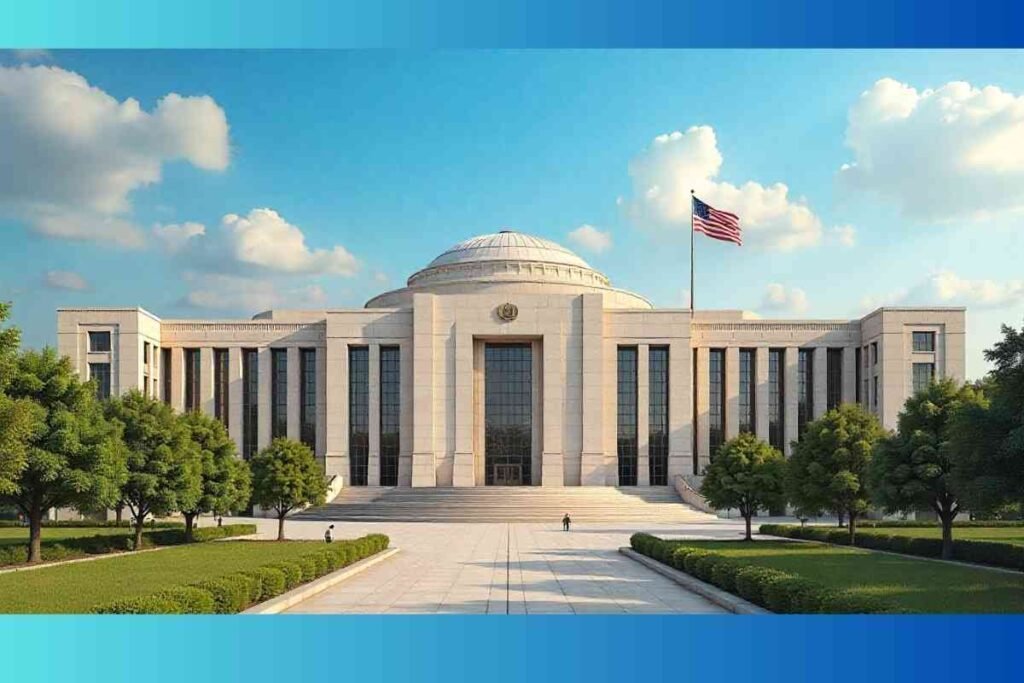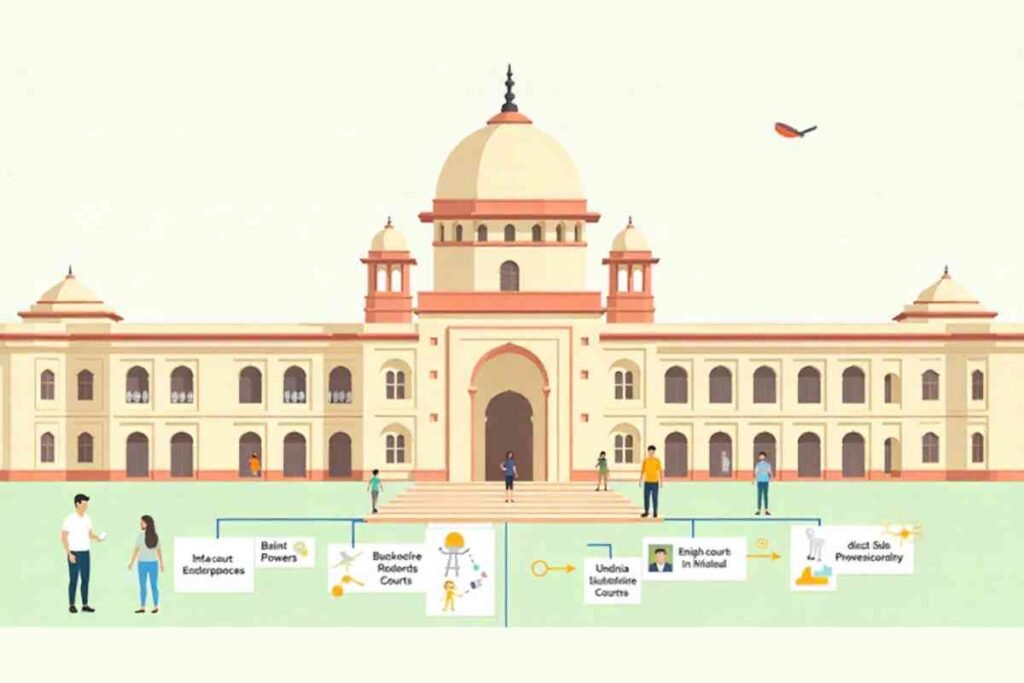History Class 10 ICSE Solutions provide complete guidance for students studying the ICSE curriculum. These solutions cover every chapter making learning and revision simpler.
They explain important events dates and concepts in an easy to understand way for Class 10 learners. Students can quickly grasp difficult topics and boost their exam confidence.
With these solutions students can prepare efficiently save time and score better marks. Explore each chapter and strengthen your history knowledge with ease.
United Nations

The United Nations UN plays a crucial role in maintaining international peace and security. Using History class 10 ICSE solutions students can understand its formation structure and functions.
The chapter explains the objectives of the UN including conflict resolution promoting human rights and fostering international cooperation.
Formation of the United Nations
The UN was established in 1945 after the Second World War to replace the League of Nations and prevent future global conflicts.
History class 10 ICSE solutions detail the UN Charter its founding members and the principles that guide its operations. Students learn how the organization aims to promote peace social progress and respect for international law.
Key Functions and Achievements
The UN works to prevent wars provide humanitarian aid and support sustainable development. Using solutions learners can study how the General Assembly Security Council and other agencies operate to maintain global peace.
Examples of peacekeeping missions and international treaties are explained in a manner that is easy to understand and remember.
Major Agencies of the United Nations
The UN operates through several primary agencies that perform specialized functions globally. History class 10 ICSE solutions help students understand these agencies roles and responsibilities.
General Assembly and Security Council
The General Assembly provides a platform for member states to discuss international issues while the Security Council focuses on maintaining peace and security.
Solutions explain how these bodies function their decision making processes and their impact on global governance.
Economic Social and Administrative Bodies
Other key agencies such as the Economic and Social Council Trusteeship Council and UN Secretariat handle economic social, and administrative matters.
Students learn through solutions how these agencies contribute to global development human rights protection and coordination among nations.
Non Aligned Movement
The Non Aligned Movement NAM represents countries that choose not to formally align with any major power bloc. History class 10 ICSE solutions explain its origins objectives and significance in global politics.
Formation and Objectives
NAM was established during the Cold War as a group of 120 developing countries. Students using solutions can understand its primary objectives which include promoting peace supporting economic development and encouraging international cooperation without political bias.
Key Contributions
Through chapter wise solutions learners study how NAM influenced global decision making strengthened the voice of developing nations and maintained independence in foreign policy. Historical examples highlight the movement’s role in advocating for equitable international relations.
The Union Parliament
Civics is a critical part of ICSE Class 10 and understanding the Union Parliament is essential. History class 10 ICSE solutions provide clear explanations of its structure powers and functions.
Composition and Functions
The Union Parliament consists of the Rajya Sabha and Lok Sabha. Students using solutions learn about membership qualifications legislative procedures and the relationship between the two houses.
These explanations ensure a thorough understanding of how laws are made and implemented in India.
Parliamentary Procedures
The solutions cover parliamentary procedures including debates question hours and legislative processes. By studying these solutions learners gain insights into how democratic accountability is maintained through effective legislative functioning.
The President and Vice President
The President and Vice President form the core of India’s executive system. History class 10 ICSE solutions help students understand their roles powers and responsibilities.
Election and Qualifications
The solutions explain the composition of the Electoral College eligibility criteria and reasons for indirect elections. Students also learn about the procedure for impeachment and other constitutional provisions.
Functions and Powers
Students can explore how the President and Vice President execute constitutional duties oversee the functioning of the Union government and act as guardians of the Indian Constitution. Solutions provide practical examples to enhance understanding.
Prime Minister and Council of Ministers
The Prime Minister and Council of Ministers play a central role in governance. History class 10 ICSE solutions provide detailed explanations of their appointment tenure and responsibilities.
Cabinet and Council of Ministers
Solutions describe the structure of the cabinet the role of the Council of Ministers and how decisions are made. Students understand the distinction between executive authority and ministerial responsibilities.
Powers and Responsibilities
Learners study the Prime Minister’s position powers and influence in shaping policies. Solutions also explain collective responsibility helping students grasp how the government functions cohesively.
The Supreme Court
The Supreme Court is the highest judicial authority in India. History class 10 ICSE solutions make it easier for students to understand its composition jurisdiction and powers.
Composition and Appointments
Solutions detail judges qualifications appointment procedures and the separation of judiciary from executive and legislative control. Students learn about the significance of maintaining judicial independence.
Functions and Writs
The chapter explains how the Supreme Court enforces fundamental rights issues writs and resolves disputes. Students can study examples of landmark judgments and their impact on Indian society.
High Courts and Subordinate Courts

High Courts and subordinate courts form the backbone of India’s judicial system. History class 10 ICSE solutions explain their composition powers and functions in a student friendly way.
Jurisdiction and Functions
Students using solutions learn how High Courts exercise original appellate and supervisory jurisdiction. The solutions provide clarity on how subordinate courts operate at district and local levels.
Enforcement of Rights
The solutions elaborate on how courts enforce fundamental rights issue writs and uphold the Constitution. This ensures learners can answer exam questions confidently and accurately.
Exam Preparation and Revision Strategies
Using History class 10 ICSE solutions effectively allows students to plan their studies revise systematically and master each chapter. Chapter wise explanations provide a clear sequence of events key personalities and important dates.
Regular practice with solutions helps students improve writing skills and structure answers in the format expected in ICSE exams. Solutions also clarify complex topics making revision faster and more efficient.
Effective Study Techniques
By following solutions students can create a study schedule that focuses on critical chapters summarize key points and practice writing answers under timed conditions.
This approach enhances memory retention reduces exam anxiety and prepares learners to tackle both objective and subjective questions.
Understanding Historical Context
Solutions encourage students to connect historical events with their causes and consequences helping them develop analytical skills.
This understanding allows learners to answer application based questions and interpret history in a meaningful way.
Boost your exam confidence today explore our History Class 10 ICSE Solutions and master every chapter with ease!
You can explore the articles below and get more helpful information directly from our website.
Kaveri 2.0: Karnataka Property Reform
What is Automatic Rescue Device?
Conclusion
History Class 10 ICSE Solutions provide students with a complete and structured approach to learning. They simplify complex events dates and concepts making it easier to understand and remember important topics.
By using these solutions learners can strengthen their knowledge improve exam preparation and build confidence in answering questions accurately.
With chapter wise guidance and practical examples students can revise efficiently connect historical events with their significance and achieve better academic results.
FAQs
What are History Class 10 ICSE Solutions?
History Class 10 ICSE Solutions are chapter-wise guides designed to help students understand important events, dates, and concepts clearly. They simplify complex topics and make learning and revision more efficient.
How can these solutions help in exam preparation?
These solutions provide step-by-step explanations, examples, and revision tips to strengthen understanding. Students can save time, practice effectively, and improve their performance in ICSE exams.
Do these solutions cover all chapters of Class 10 History?
Yes, they include every chapter of the ICSE syllabus, explaining key events, personalities, and historical contexts. This ensures comprehensive preparation for exams.
How do History Class 10 ICSE Solutions explain international organizations?
They detail organizations like the United Nations and Non-Aligned Movement, covering formation, objectives, and major functions. Students can easily grasp their role in global politics and peacekeeping.
What information is provided about the Union Parliament?
Solutions explain the structure, functions, and procedures of the Rajya Sabha and Lok Sabha. They clarify legislative processes, debates, and accountability mechanisms in an easy-to-understand format.
How are the President and Prime Minister’s roles explained?
Students learn about the powers, responsibilities, and procedures related to the President, Vice President, Prime Minister, and Council of Ministers. Examples clarify their influence on governance and policy-making.
Are judicial systems like the Supreme Court and High Courts covered?
Yes, solutions describe their composition, jurisdiction, functions, and landmark judgments. They also explain how courts enforce fundamental rights and maintain judicial independence.
How do these solutions improve study efficiency?
By providing chapter-wise summaries, key points, and practical examples, students can revise faster, retain information better, and develop analytical skills for answering objective and subjective questions.